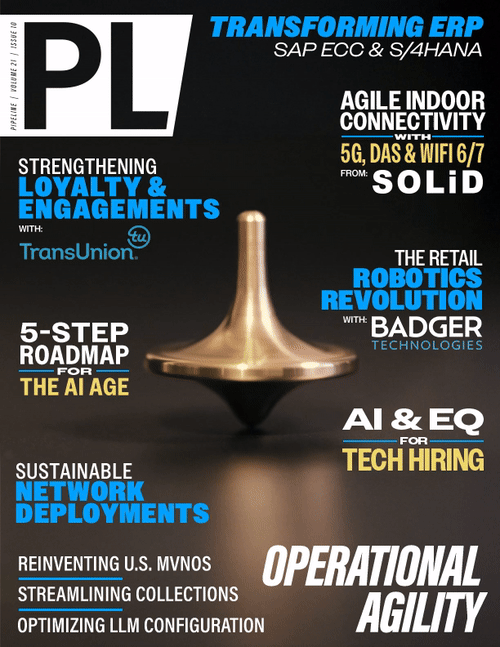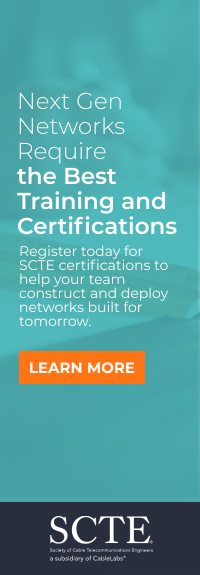The Autonomous Revolution: Why
Forward-Thinking Retailers Can’t Afford to Wait
Many retailers are stuck in analysis paralysis, waiting for perfect conditions or more budget clarity before investing in automation. But delay comes at a steep—and often invisible—price.
3. Consistency and Reliability
Unlike humans, robots don’t get tired, distracted, or inconsistent. They execute every route with identical precision—even during holidays or
overnight restocks.
4. Scalable Efficiency
Unlike labor, which scales linearly with cost, robots can scale non-linearly. A grocer that expanded from 5 to 25 MARs tripled its scan frequency with
no additional labor cost. That means better data, better decisions, and better margins.
The Hidden Cost of Waiting
Many retailers are stuck in analysis paralysis, waiting for perfect conditions or more budget clarity before investing in automation. But delay comes at a steep—and often invisible—price.
1. Data Blindness
Every day without robots is a day without critical data. Competitors are collecting shelf conditions, pricing accuracy, and traffic flow analytics
that feed into real-time optimizations.
2. Integration Lag
As automation demand surges, integration lead times stretch. Some retailers now wait up to 14 months for full deployment. Waiting today means being behind
tomorrow.
3. Diminishing Returns
The highest ROI scenarios—like pricing compliance and inventory audits—are already being captured by early adopters. Late entrants face higher bars to
prove impact.
4. Talent Attraction Risk
Tech-savvy professionals increasingly prefer to work in forward-looking environments. A lack of automation can hinder recruitment and
retention.
5. Growing Accuracy Delta
Retailers with MARs show 12–25 per cent higher inventory accuracy than manual operations, leading to better stock availability, fewer markdowns,
and happier customers.
6. Productivity Gaps
Store associates supported by automation complete tasks up to 30 per cent faster, leading to tighter execution and more resilient
operations.
7. Customer Experience Divide
Retailers using MARs report a 15-point higher Net Promoter Score (NPS) on average. Robots help maintain a clean, well-stocked, and efficiently
managed store—all of which customers notice.
What Market Leaders Already Know
Global retailers like Walmart, Carrefour, and Kroger aren’t dabbling in automation—they’re building their business models around it. For them, MARs aren’t a project. They’re a platform.
Outcomes reported by early adopters:
- 20–25 per cent fewer out-of-stock events
- 25–30 per cent reduction in inventory carrying costs
- 15–20 per cent higher planogram compliance
- 20–25 per cent fewer labor hours spent on scanning and auditing
- 50–75 per cent faster resolution of pricing errors
This isn’t just incremental improvement—it’s operational transformation.
“We initially projected a 24-month return on investment,” says a VP of Operations at a national grocery chain. “We hit that milestone in just 11 months. Waiting would’ve been a multimillion-dollar mistake.”
A recent McKinsey survey of retail executives found that 67 percent now view MARs as a ‘core operational capability,’ not a discretionary investment.



















